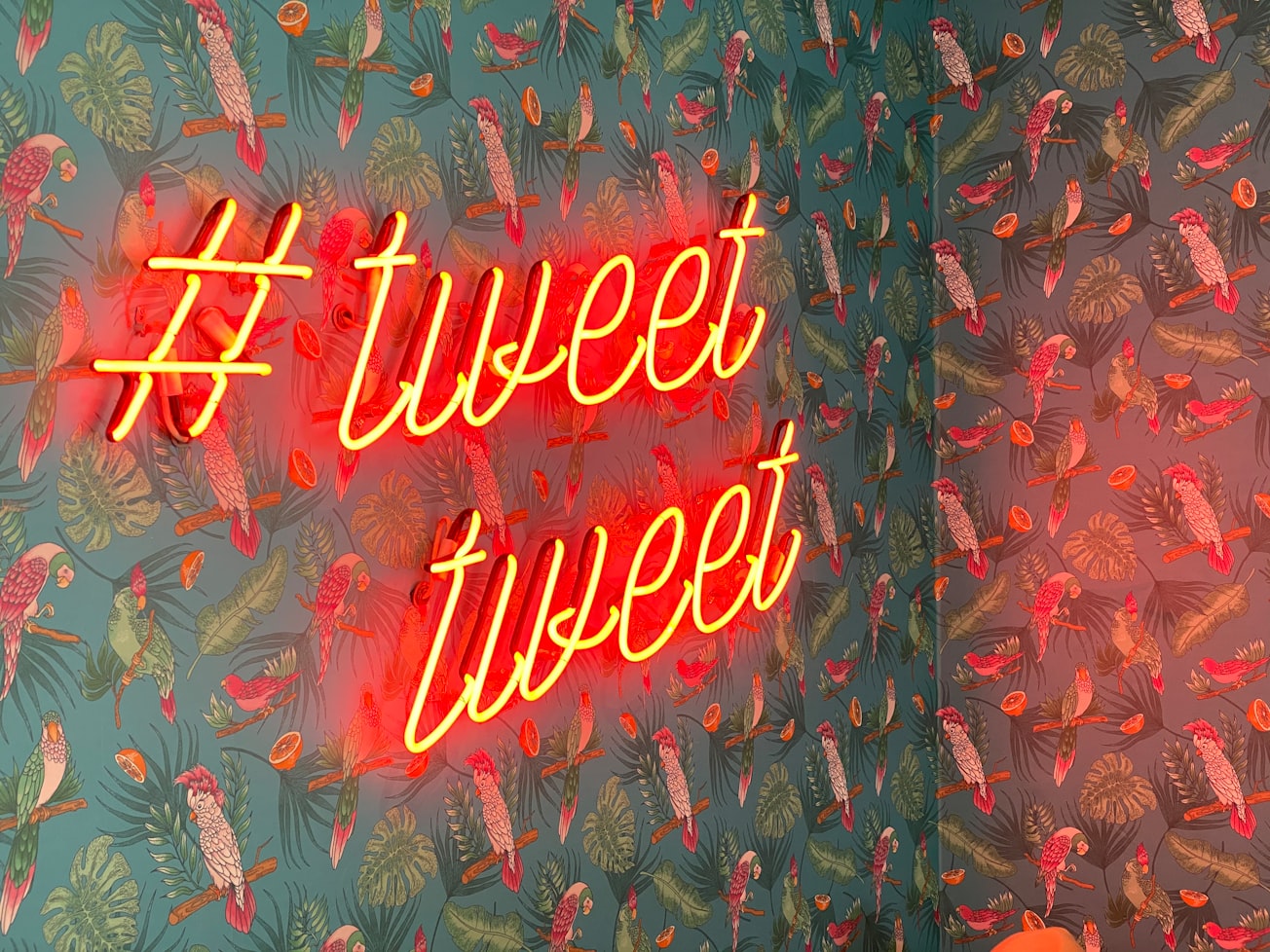What is it about?
When you retweet, what are you communicating? A common idea is that you express agreement with the original tweet. I argue that agreement (or "endorsement") can't be the literal meaning of a retweet, for two reasons: (1) you can specify you disagree with the tweet, without contradiction (2) not all tweets contain content one can agree with (for example, one can't agree with the picture of a kitten). Retweets are best understood as a form of reporting, which I call "quotation by indication". It's a bit like indicating (pointing at) some content that has communicative value (for example, saying "Look at this!" while pointing at a billboard). Like pointing, a retweet directs your followers's attention towards the target post. While this falls short of expressing explicit agreement, it can still (under the right condition) be used to express agreement, albeit indirectly.
Featured Image

Photo by Chris J. Davis on Unsplash
Why is it important?
Understanding what retweets communicate and how they work can help us understand their role in spreading DISINFORMATION. Retweeting is an especially sneaky form of communication, because it allows users (including politicians and public figures) to spread falsehoods and convey controversial claims, while maintaining plausible deniability (once it is proven that they were spreading falsehoods, they can always reply: "I was just retweeting that, I did not mean to suggest that I agree with it!"). There is another reason why retweets play a central role in the spread of misinformation. Retweets are CHEAP: two clicks and you are done, and almost no reputation is at stake. This incentivises people to retweet frequently and carelessly: 50% of Twitter content is constituted by retweets. This article argues that the 'low cost' of retweets is one of the overlooked factors that favours the circulation of fake news online.
Read the Original
This page is a summary of: Retweeting: its linguistic and epistemic value, Synthese, June 2020, Springer Science + Business Media,
DOI: 10.1007/s11229-020-02731-y.
You can read the full text:
Contributors
The following have contributed to this page







